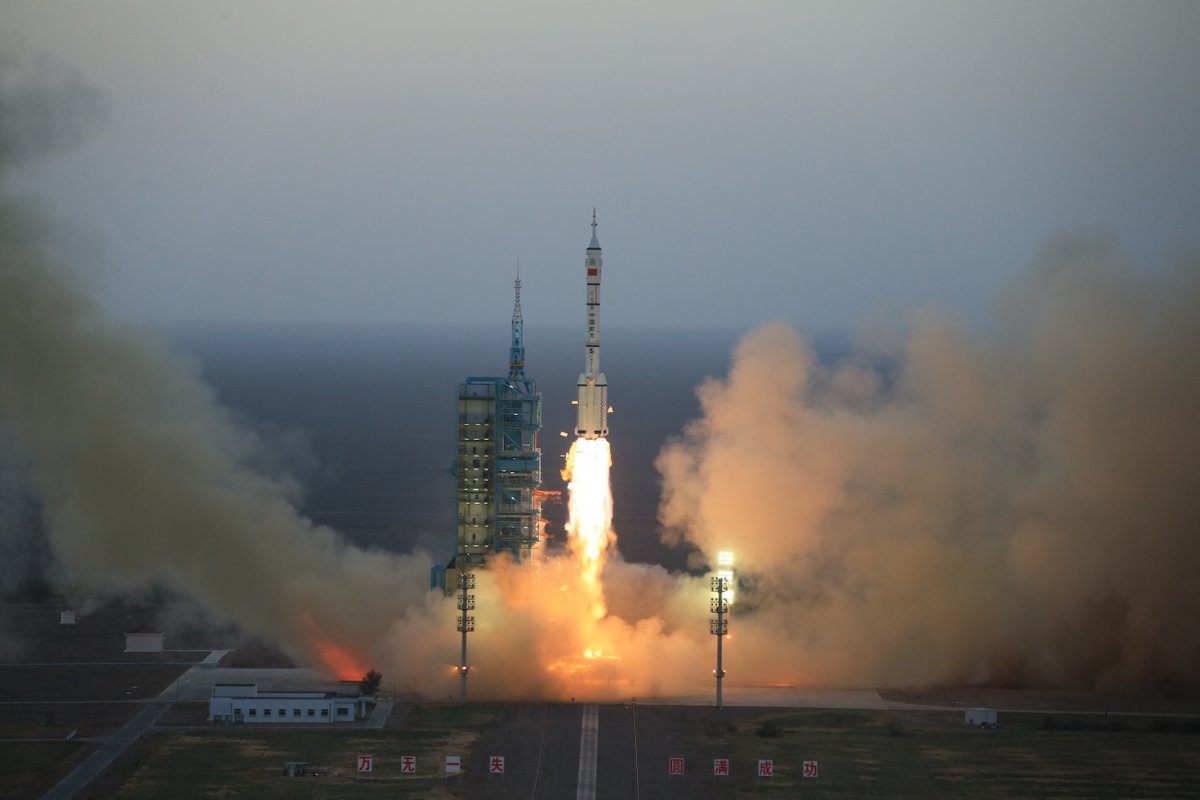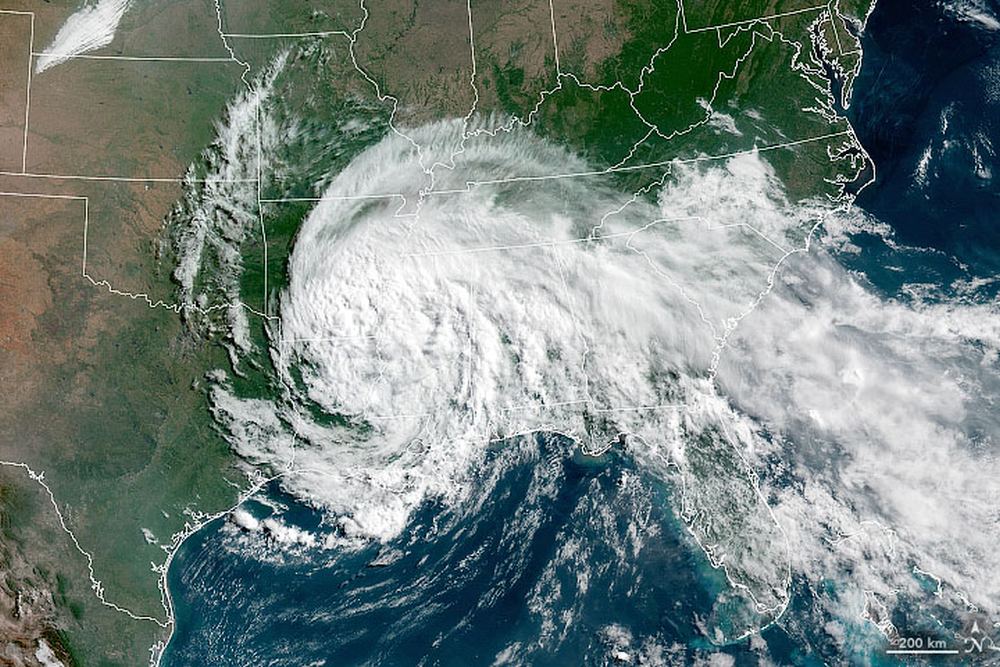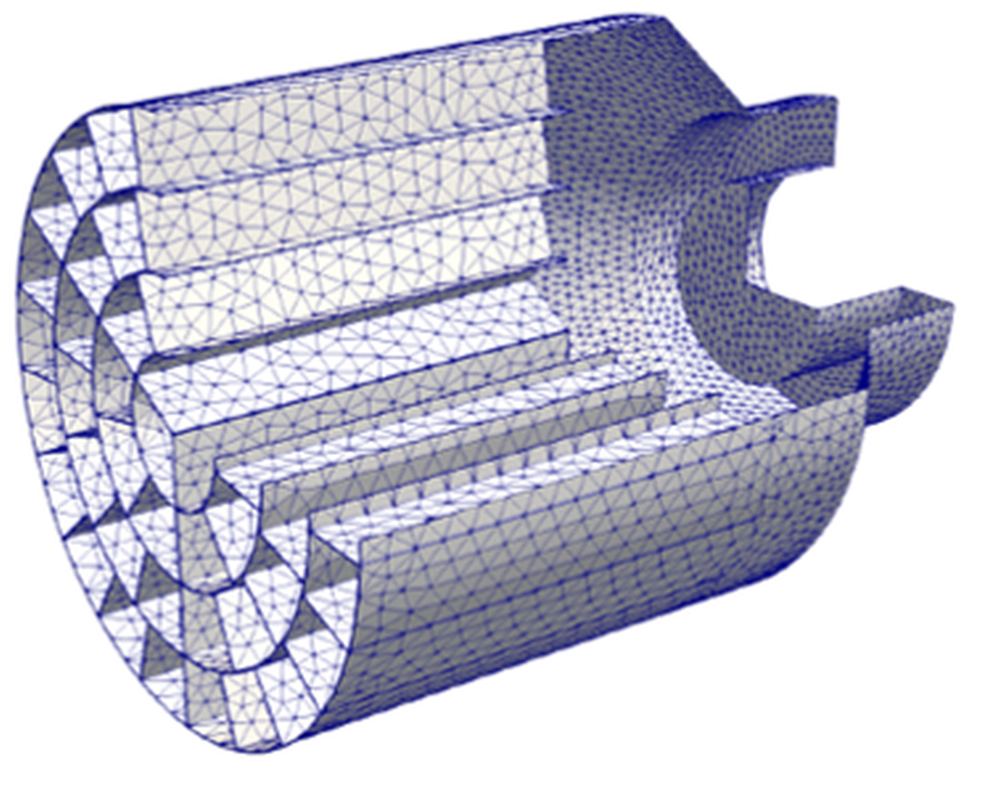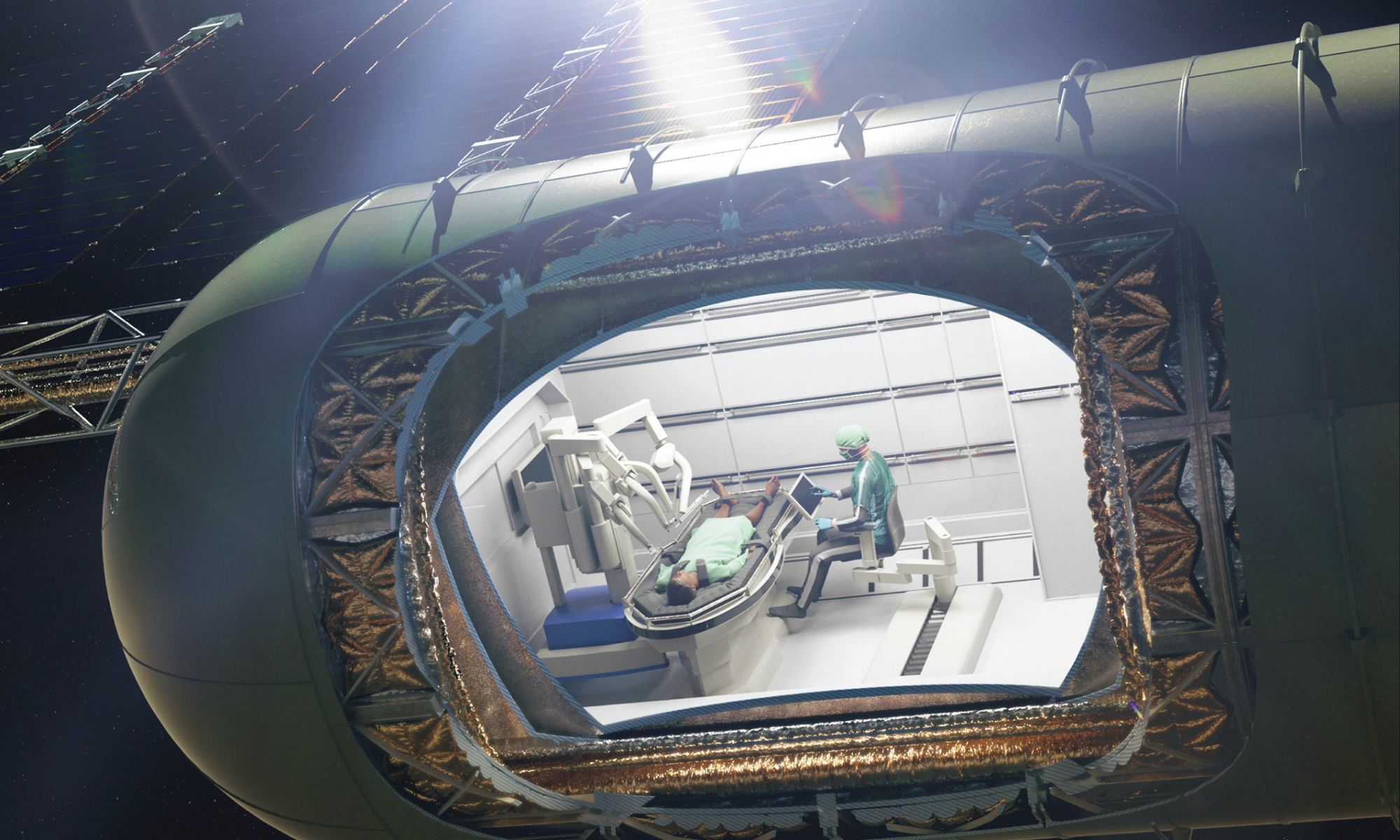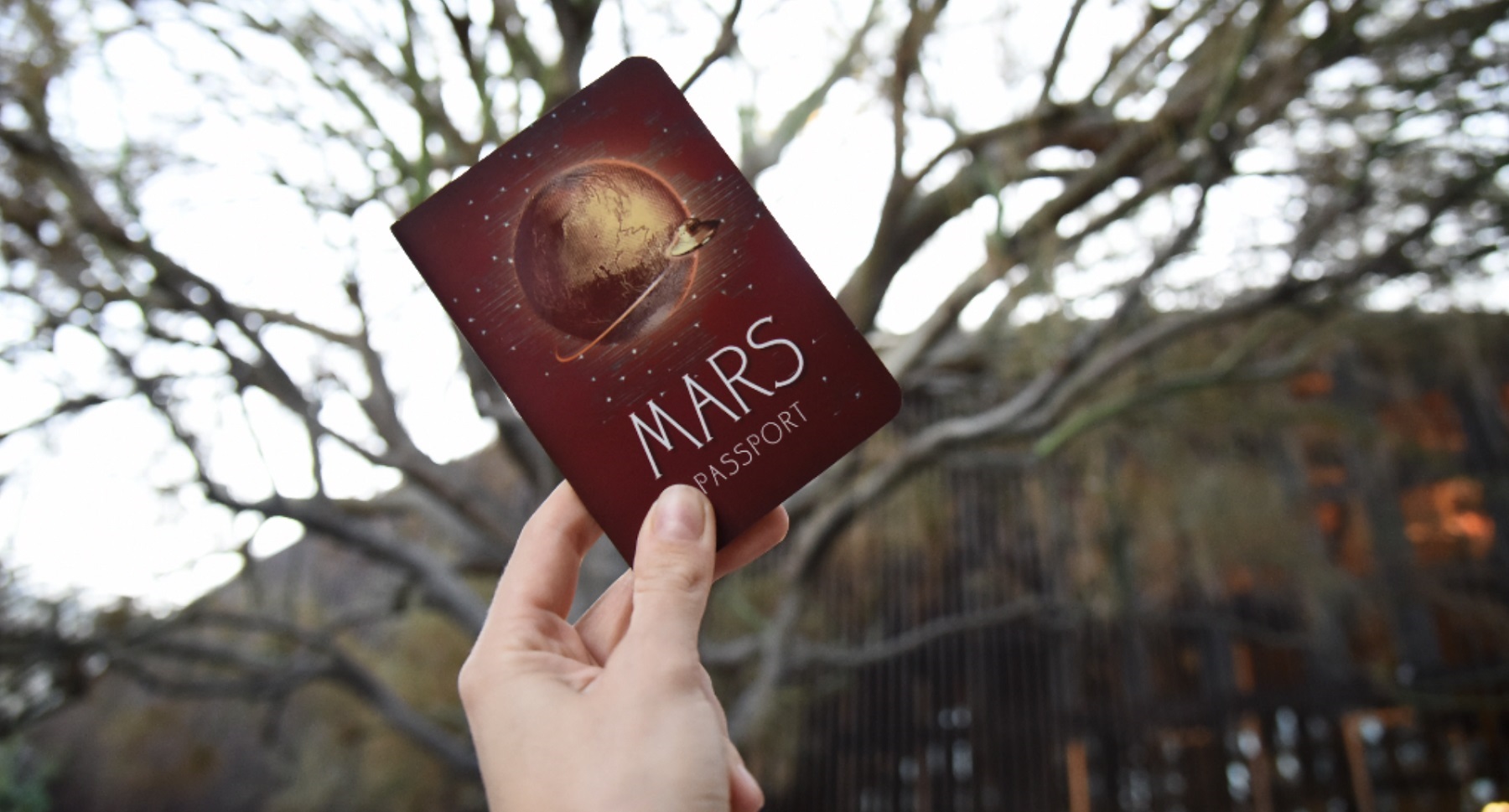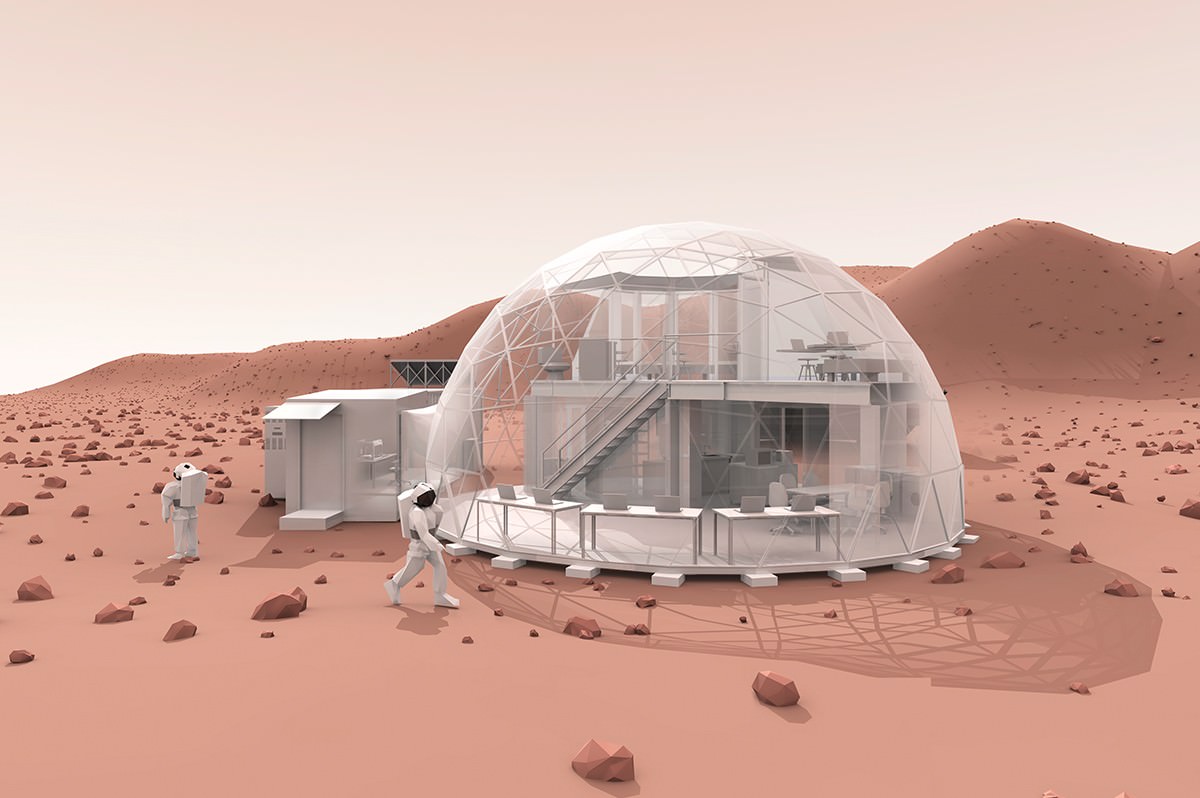In four years, NASA plans to return astronauts to the Moon as part of Project Artemis. To ensure the success of this endeavor, as well as the creation of a program of sustainable lunar exploration by the end of the decade, NASA has partnered with multiple entities in the commercial space sector. Recently, they announced that contracts will be awarded to 14 additional companies to develop a range of proposed technologies.
These proposals are part of NASA’s fifth competitive Tipping Point solicitation, one of many private-public partnership programs overseen by NASA’s Space Technology Mission Directorate (STMD). For this latest solicitation, Tipping Point is awarding contracts with a combined value of over $370 million for technology demonstrations that will facilitate future lunar missions and commercial space capabilities.
Continue reading “NASA Announces 14 New “Tipping Point” Technologies for its Lunar Exploration”


